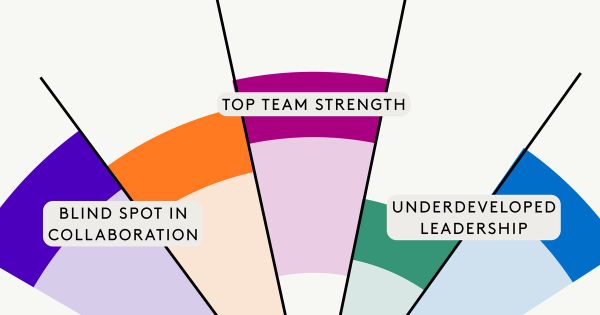Embodying mission, vision, and values through Character

Did you look at the title of this article and go, mm, wow? It is one of those blog titles that feels clever but could be just another pithy phrase to make the writer sound clever.
Breaking the idea down and unpicking the complexities before presenting our hypothesis is essential.
Firstly, companies are rightly working to shape culture from a shared sense of purpose. This culture-shaping is often done at an executive level after some form of team bonding from which vision and values are written, with a mission set out in lofty prose.
The difficulty comes when sharing this mission, vision, and values with those not part of the executive team writing the statement.
A more significant challenge still is ensuring that these concepts are reflected in the behaviour of the people who work for the organisation. While you might have set your intention for the culture you want, it only becomes a reality when embodied in the daily actions of your people.
Too many times, the good intention of this corporate exercise is lost in the staff handbook.
If we accept that shaping the everyday actions of your employees is essential to activate your desired culture, then a proactive strategy should be in place. We can help.
Turning culture into practice
Character is a way of aligning the people within your organisation to your productivity and purpose. Human Character is made up of the innate qualities we all possess that influence our behaviour in life and work. They can be a significant asset to our success or an obstacle to our potential. An organisation has a Character too. When you read a company's mission, vision, and values, they are imbued with these qualities. Unsurprising, considering this organisation is a coming together of a group of people.
So, after unpicking this article's title, it is time to offer our theory.
Defining the Character of your company provides an opportunity to signpost the Character of the people who will successfully embody your culture. By clarifying the qualities of your organisation, you help every team member to understand what aspects of their Character they can uplevel and exemplify to all who meet your business. It allows employees to demonstrate the behaviours that will lead to the desired culture and signal a deep alignment to those looking on.
Here's the vision and mission of an American-based airline:
Mission statement: The mission of Southwest Airlines is dedication to the highest quality of customer service delivered with a sense of warmth, friendliness, individual pride, and company spirit.
Vision statement: To become the world’s most loved, most flown, and most profitable airline.
If you look at the mission, there are clear signs of the Character an employee requires. They want someone gracious, kind, harmonious, excellent and collaborative.
Dig into the implication of the vision statement, and you can see that they are definitely competitive, as they speak of being the most loved and the most profitable.
How Southwest Airlines can become the most loved airline can be unpicked in qualities too. It might mean they need to be compassionate, sincere and to be encouraging.
Imagine if Southwest Airlines was
a) able to express this company culture in such tangible qualities
b) offer a solution to help people develop these qualities in their behaviours.
Character could be a way for you to embody your desired culture in the behaviours of your team.
You may also like

Summer Break: A Guide for Graduates

